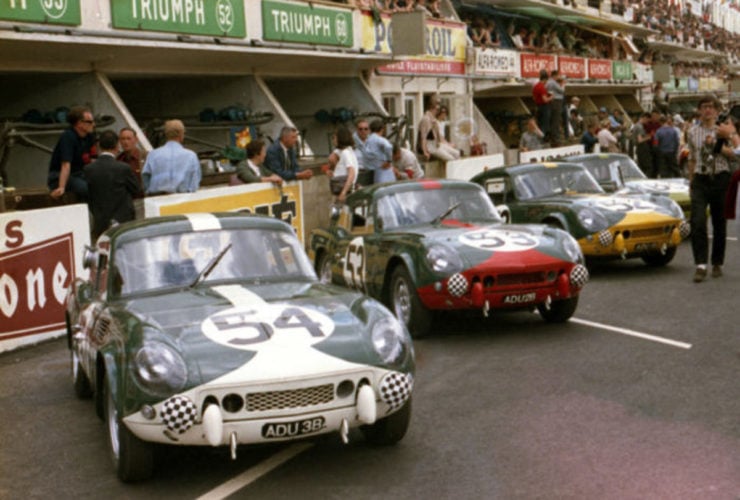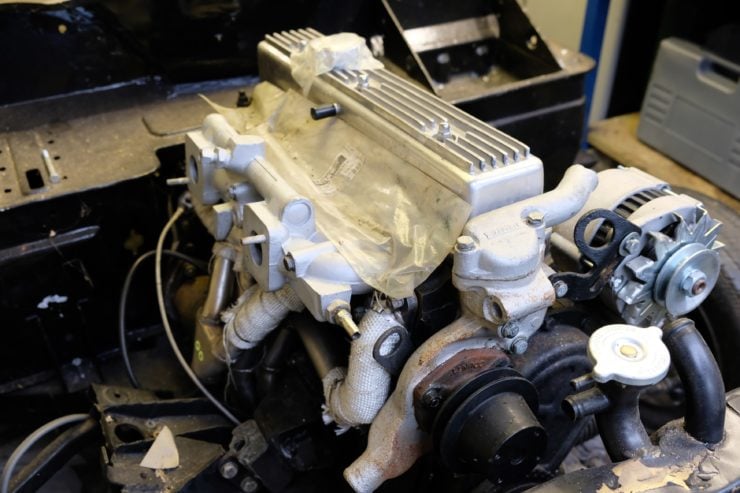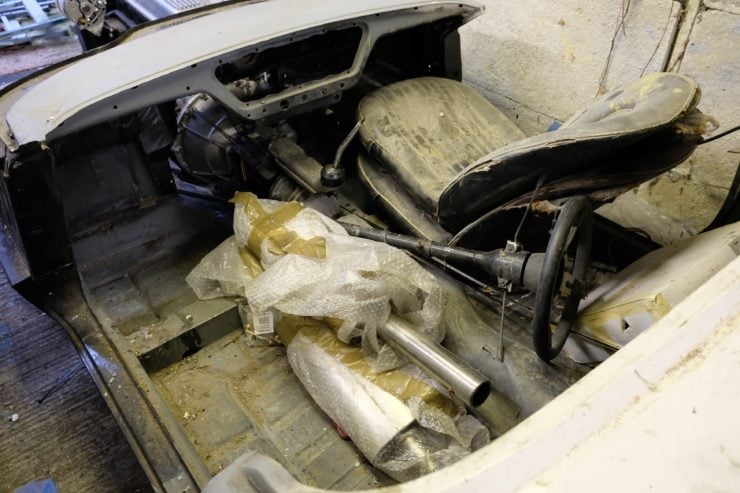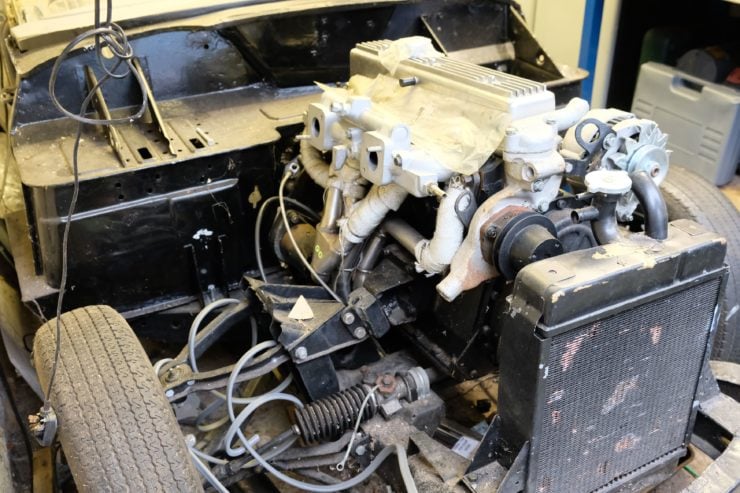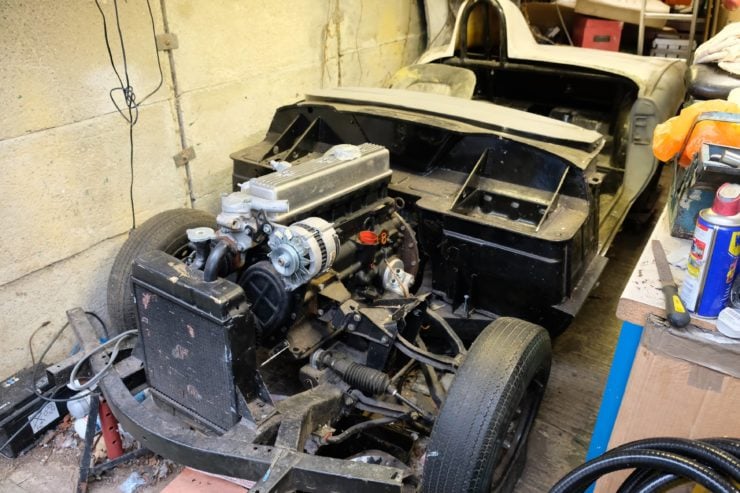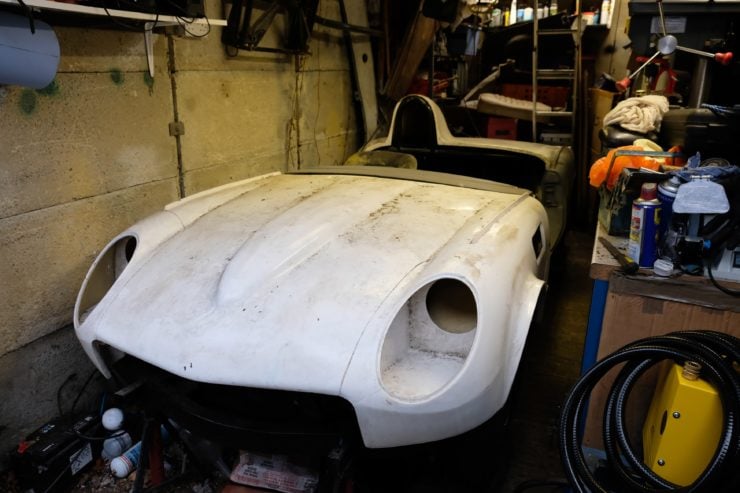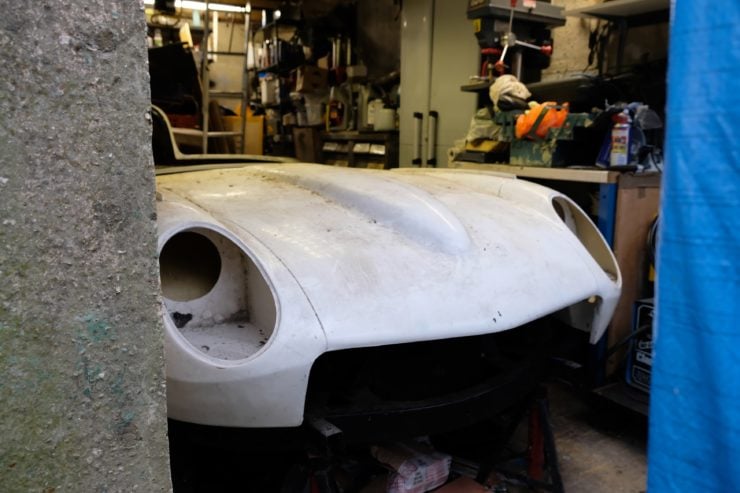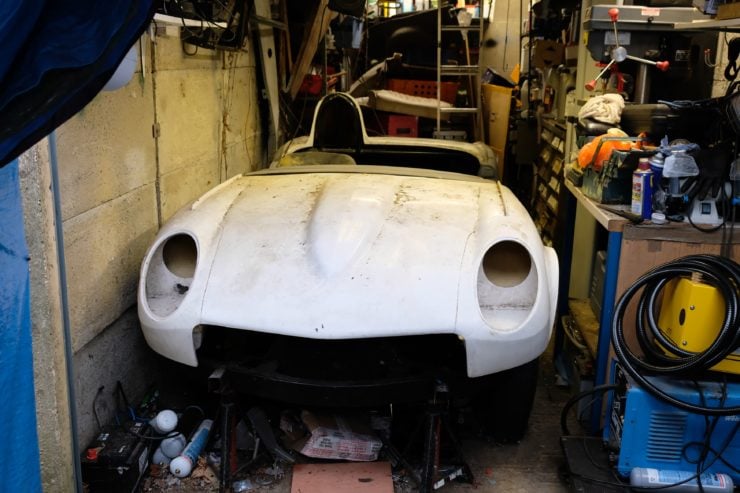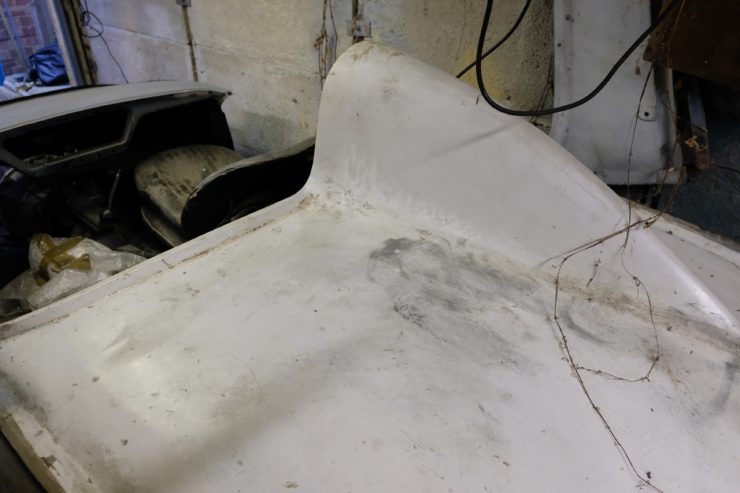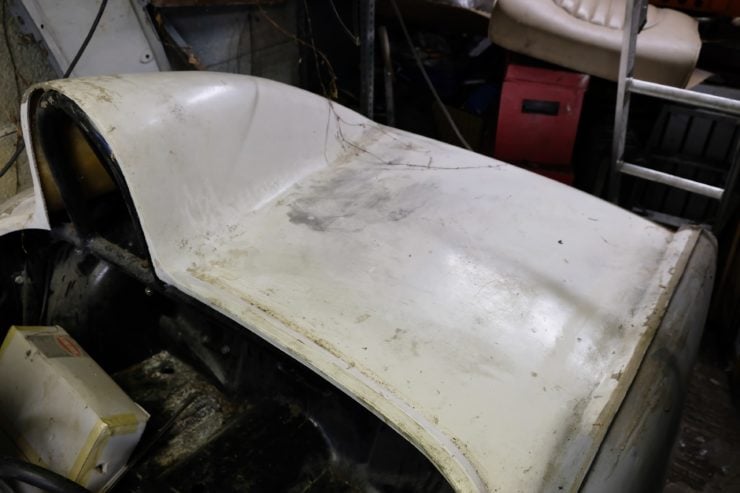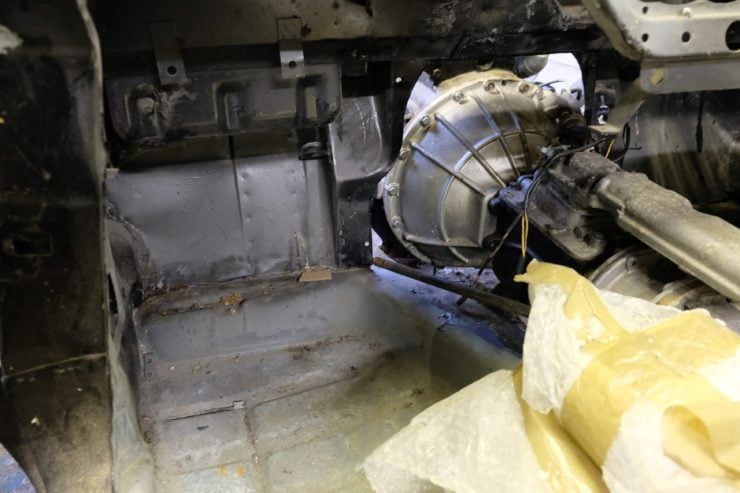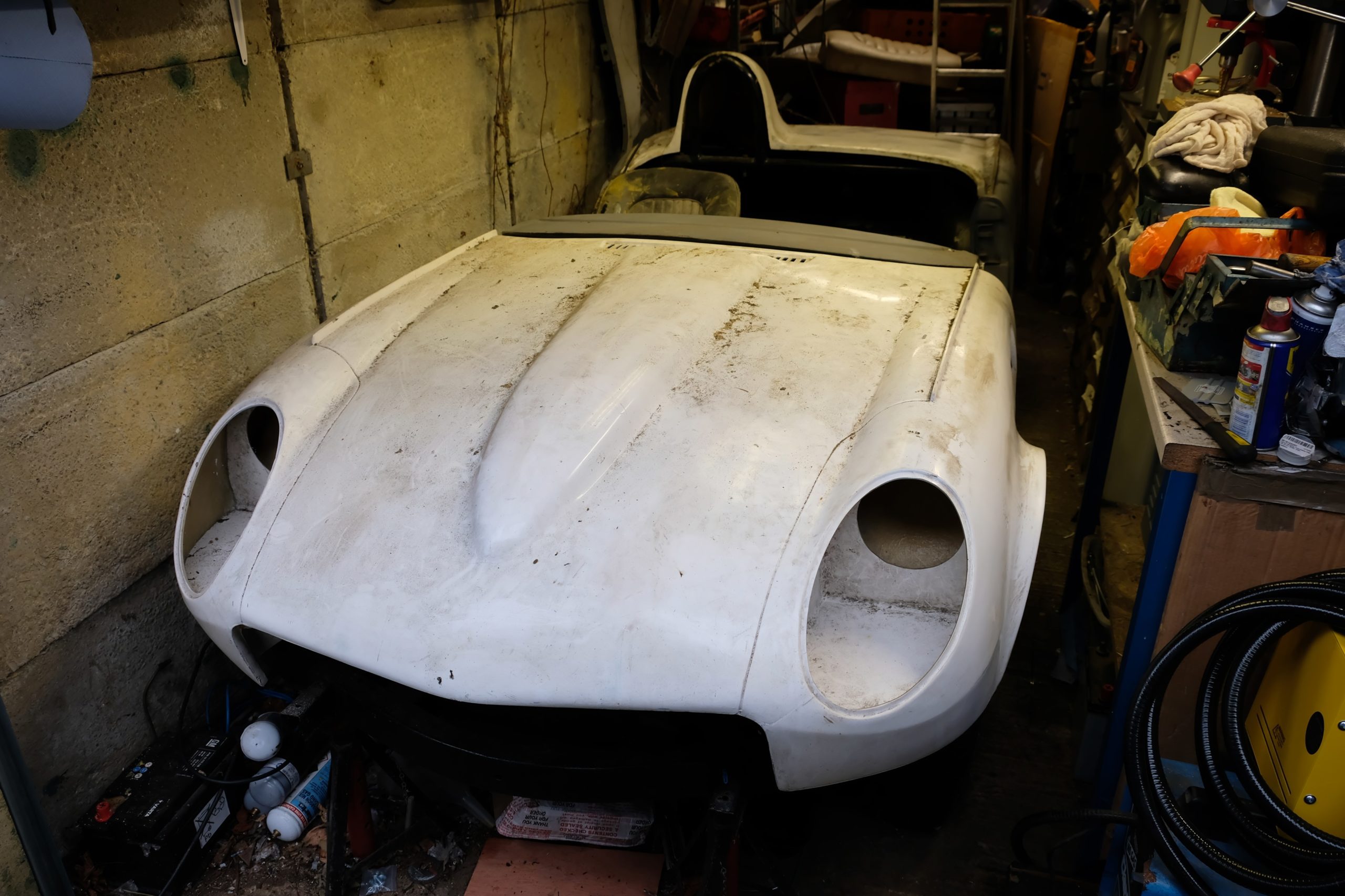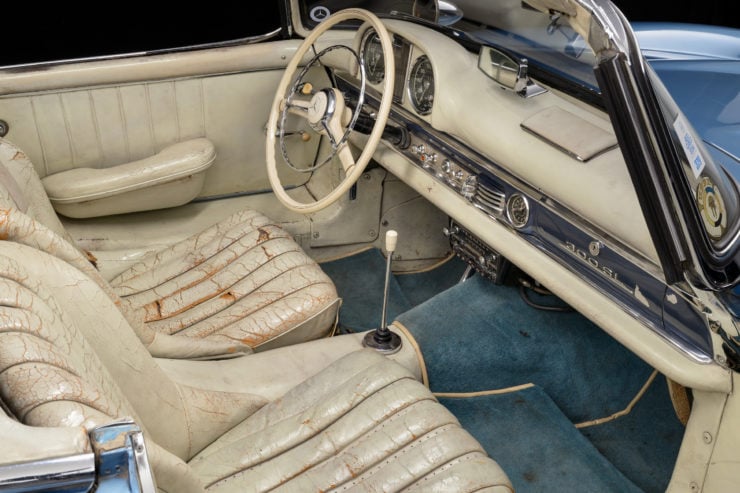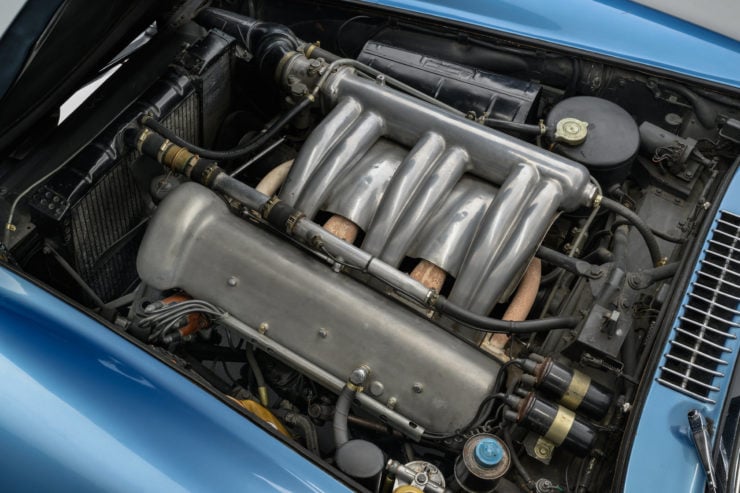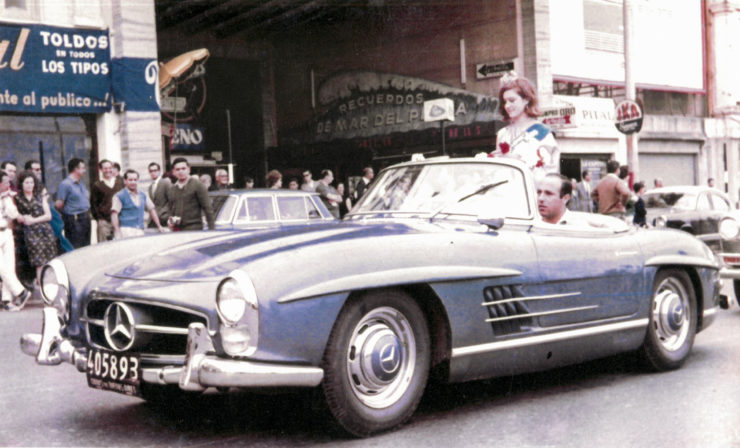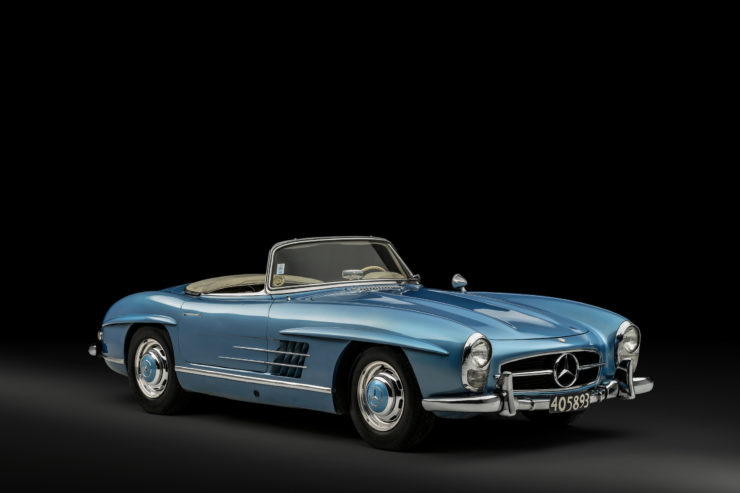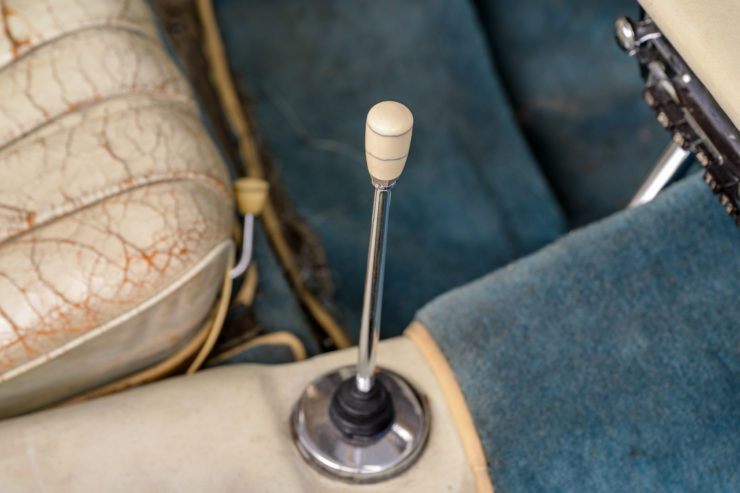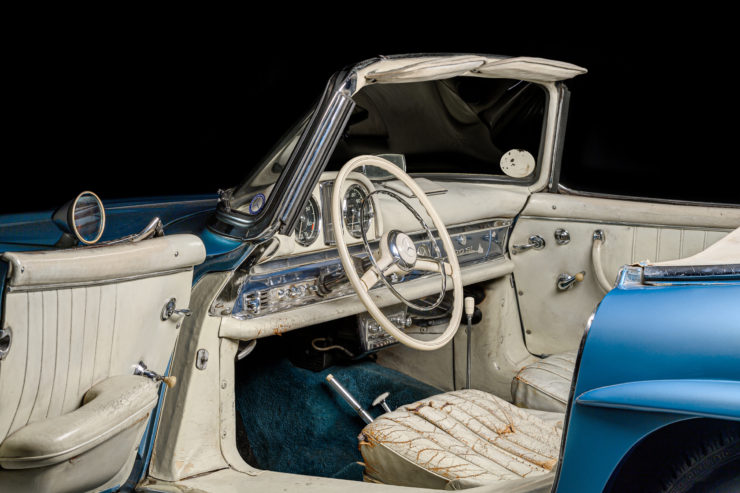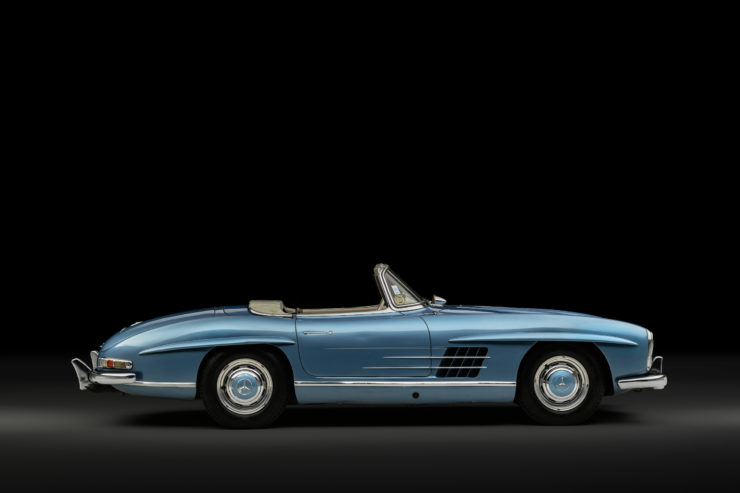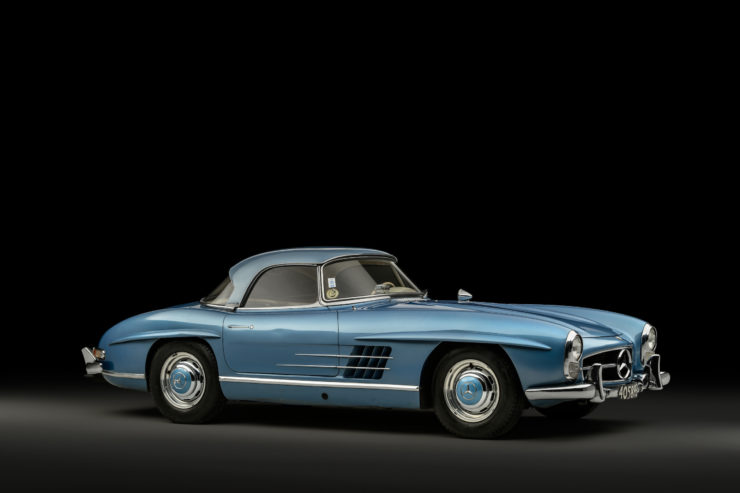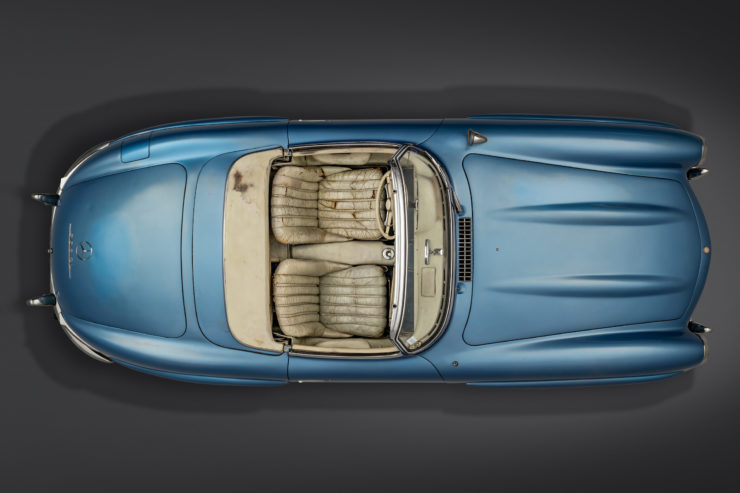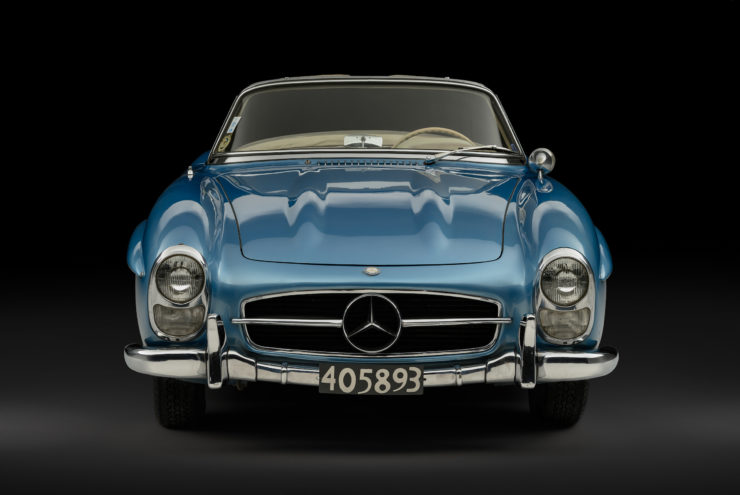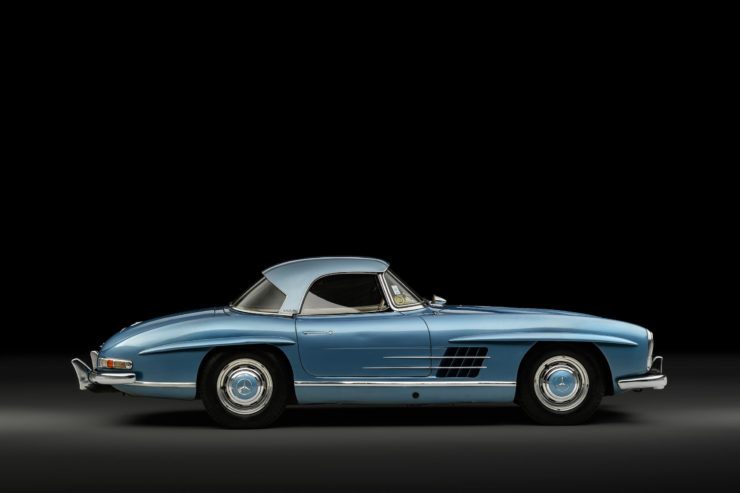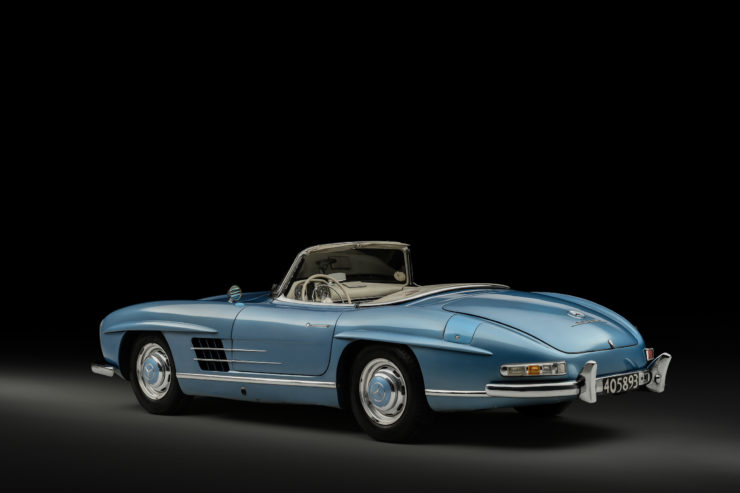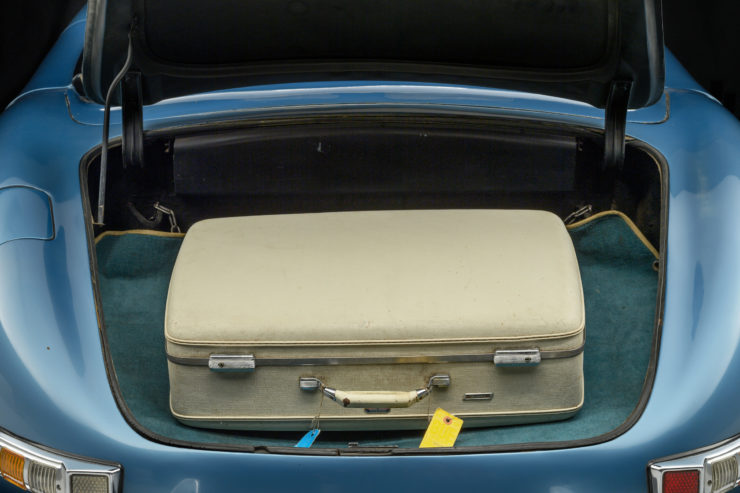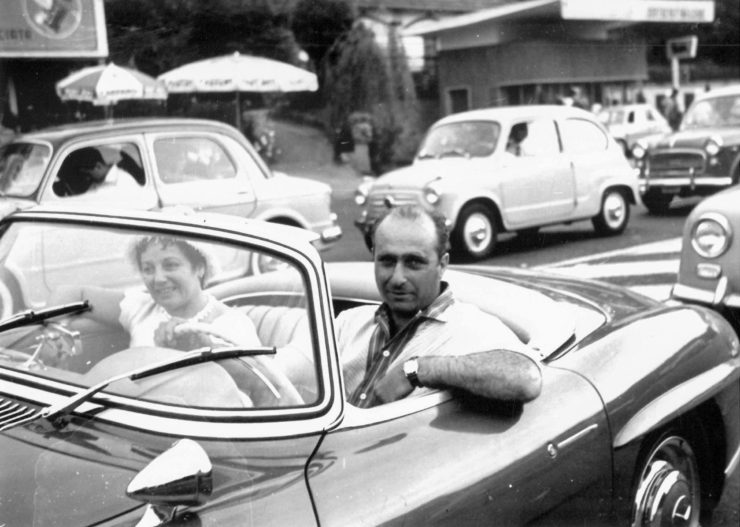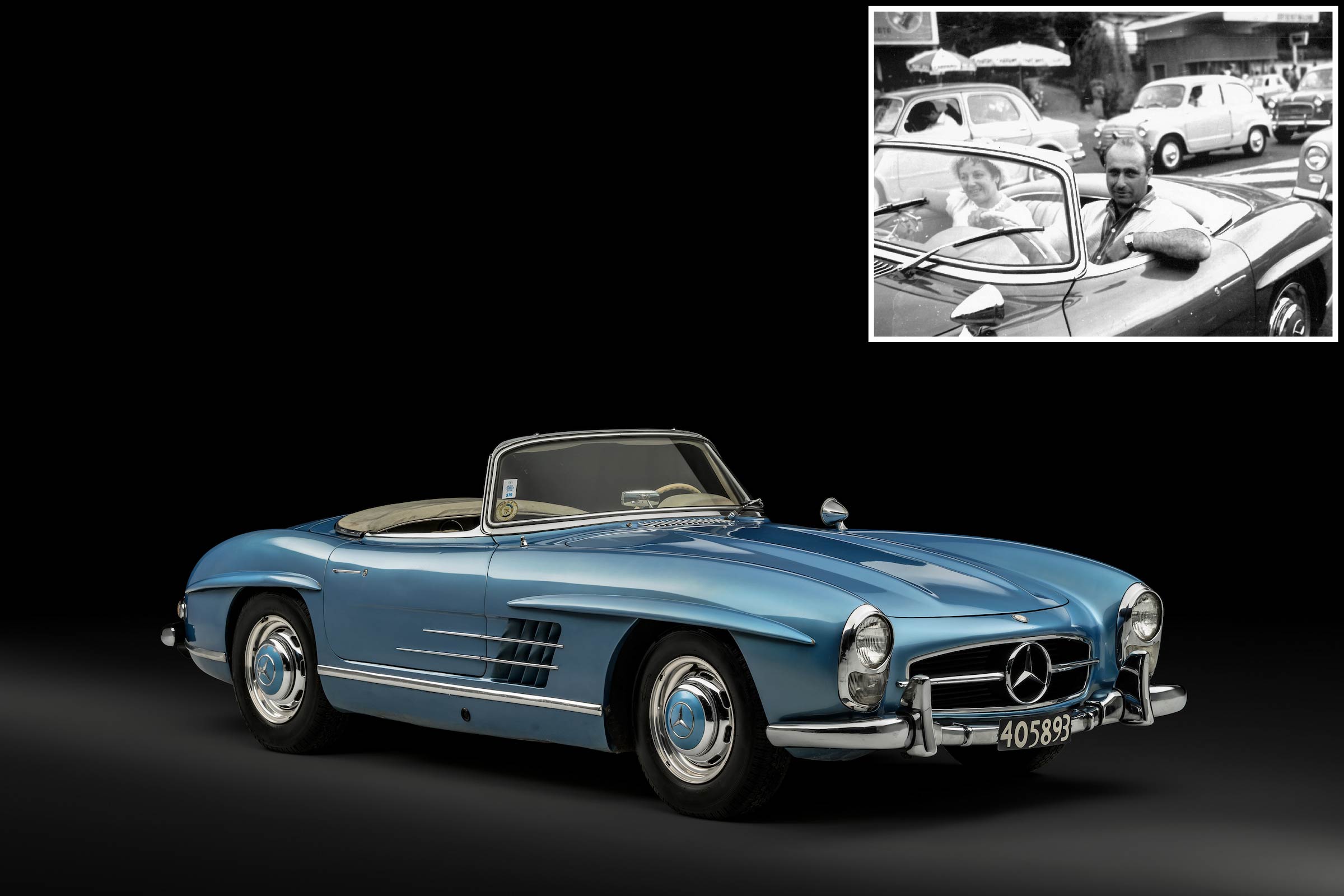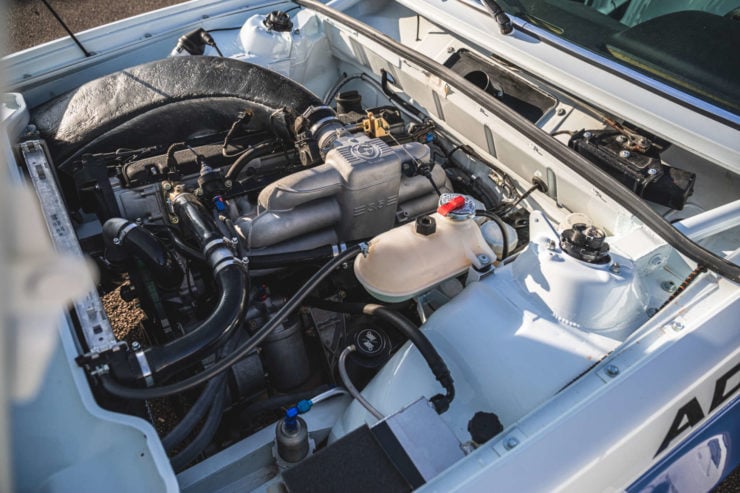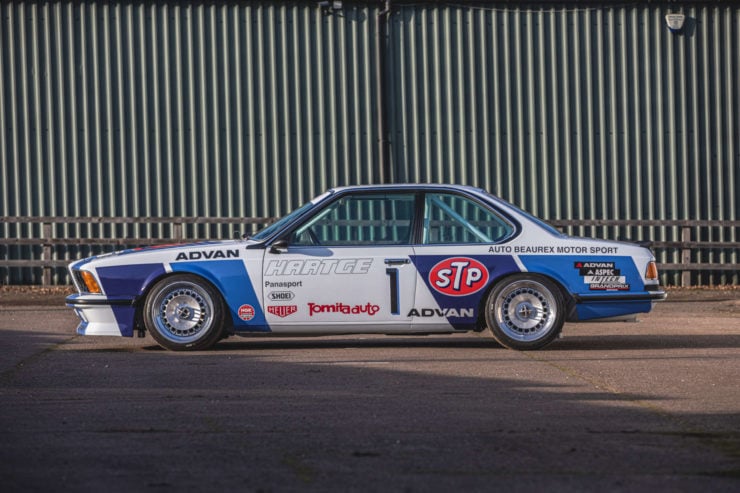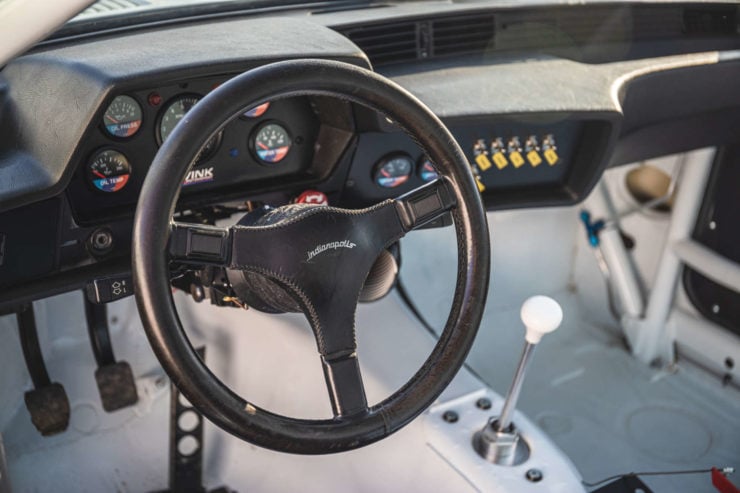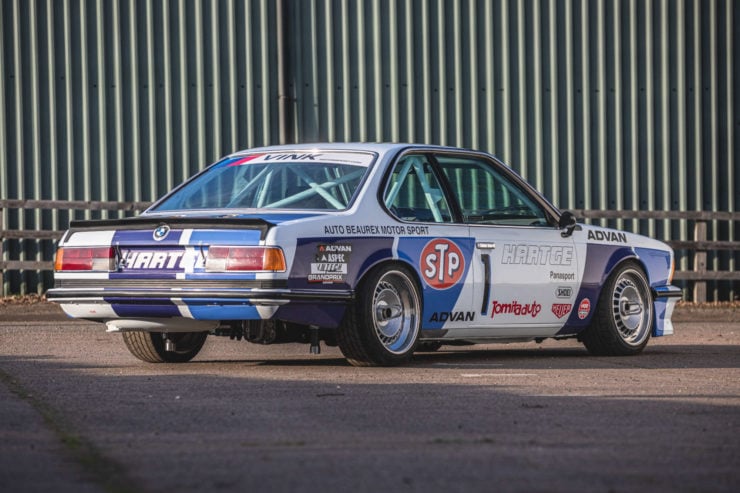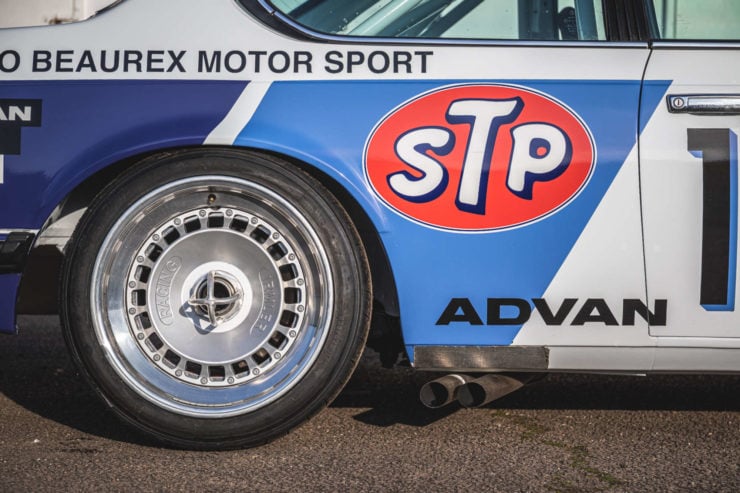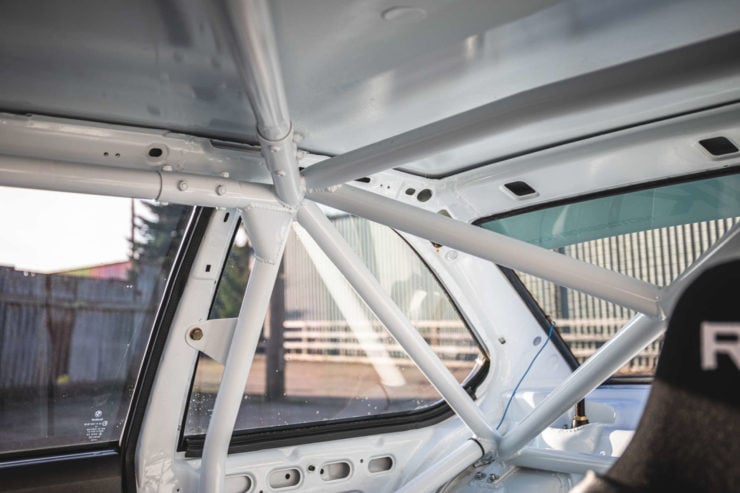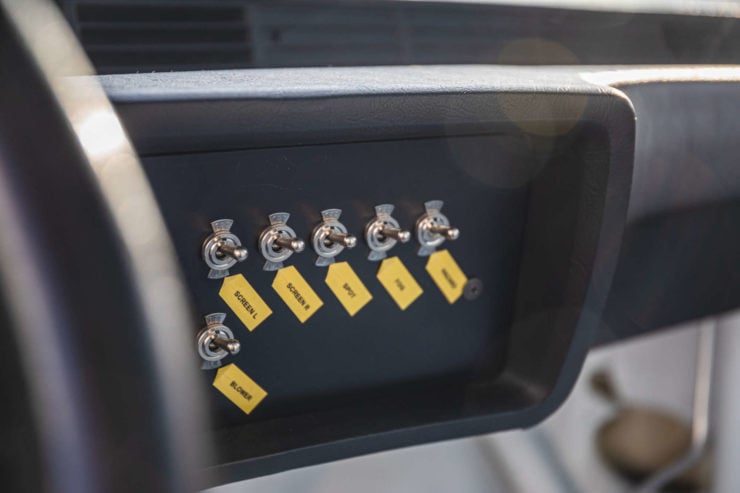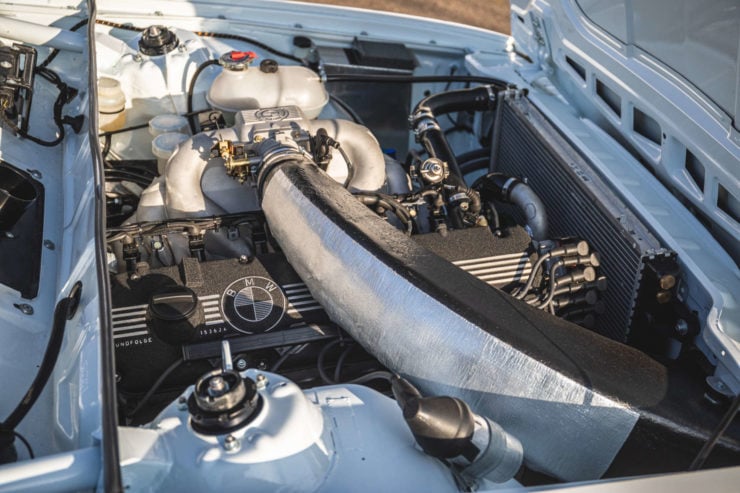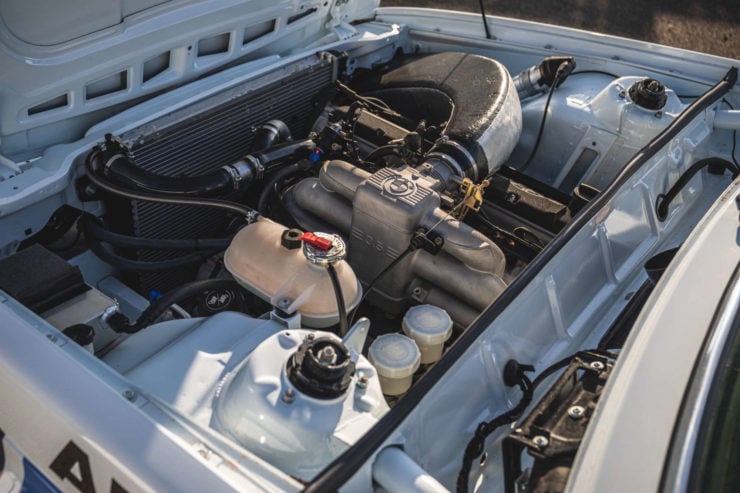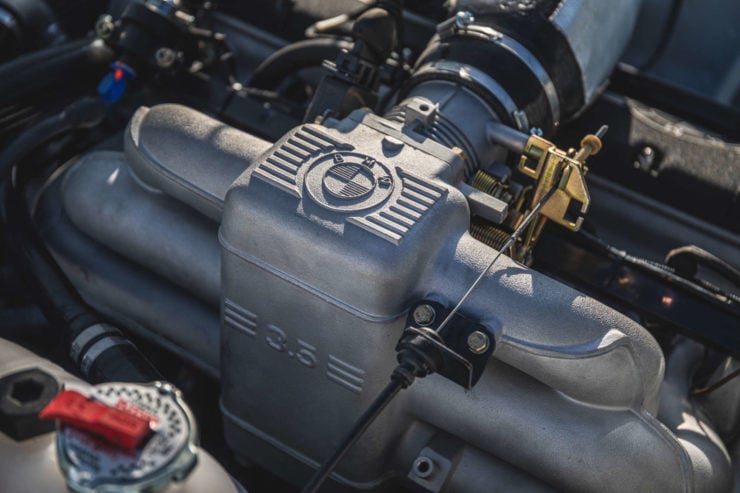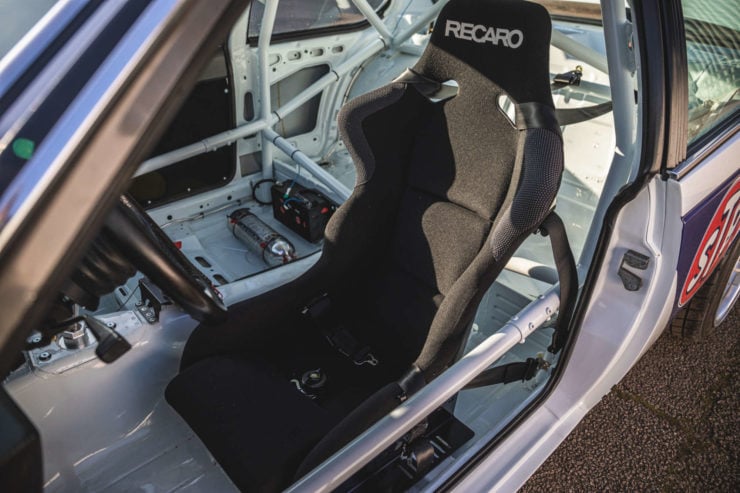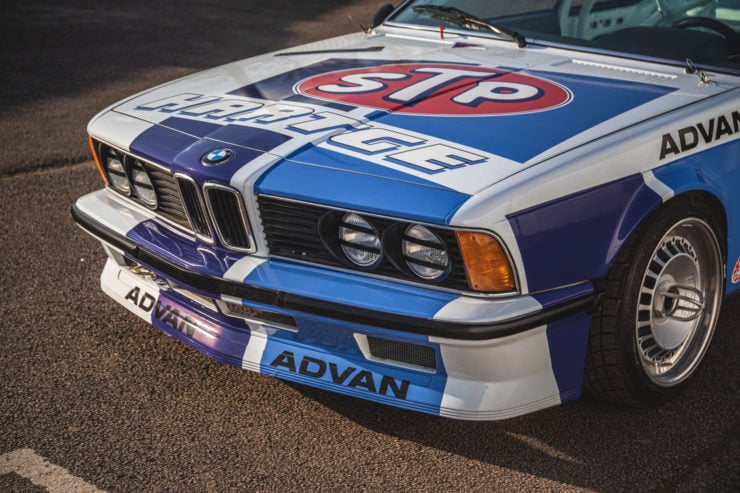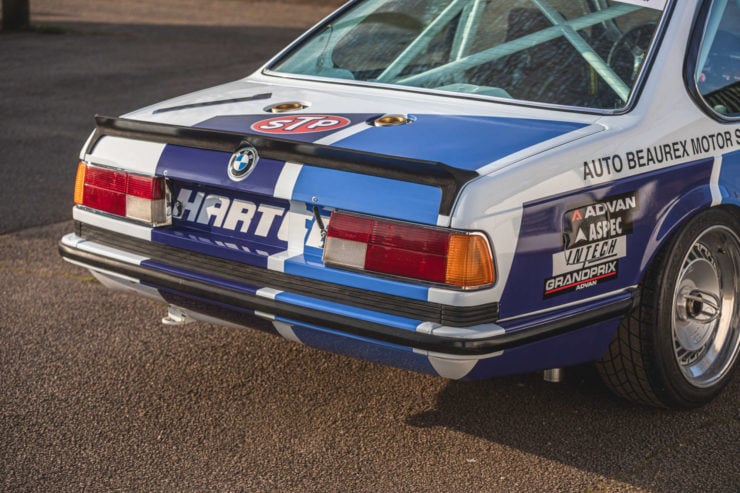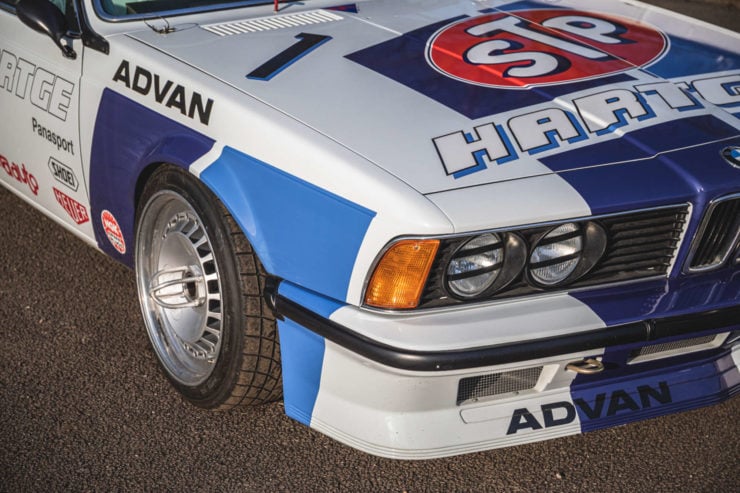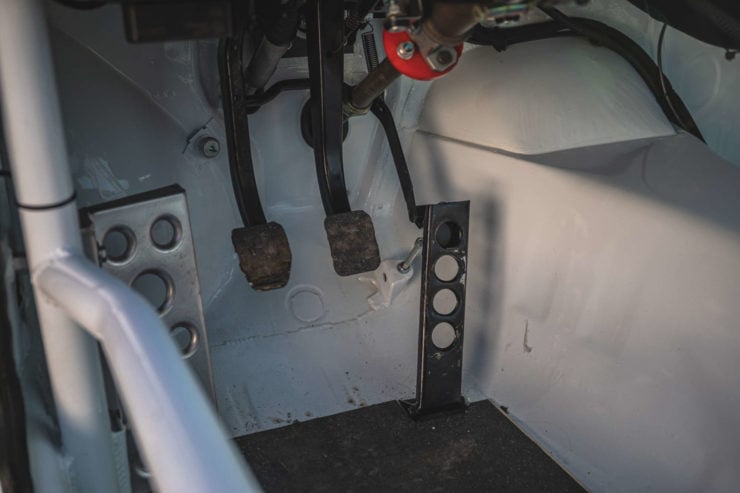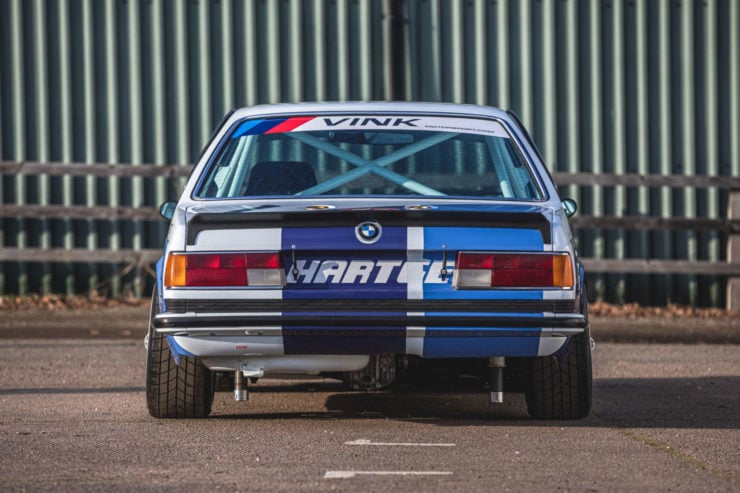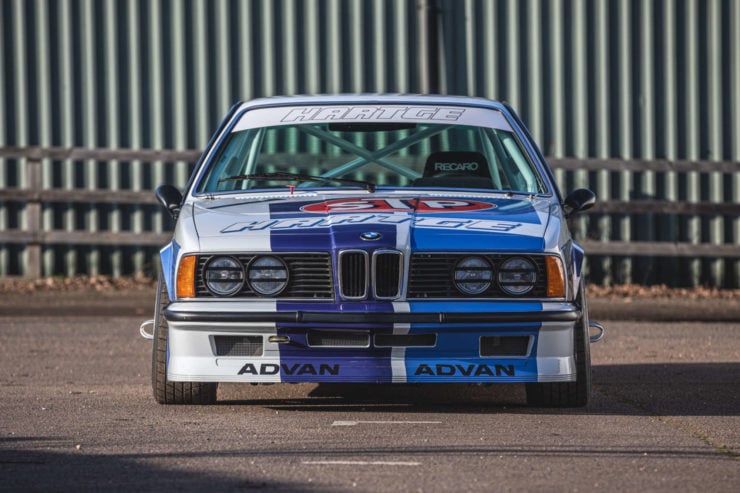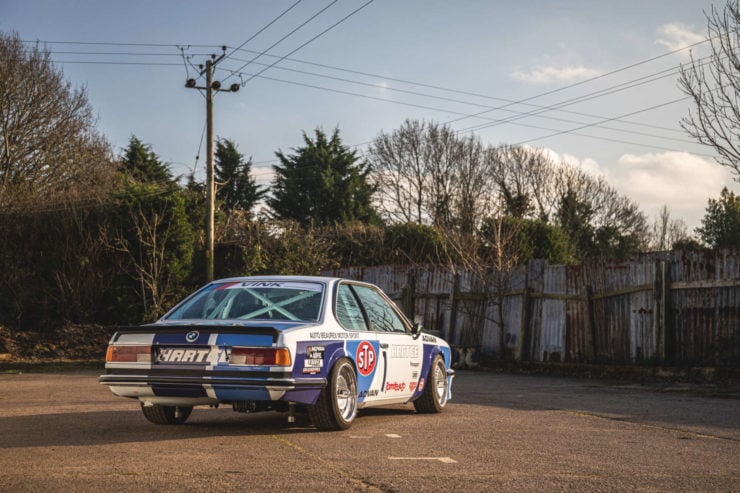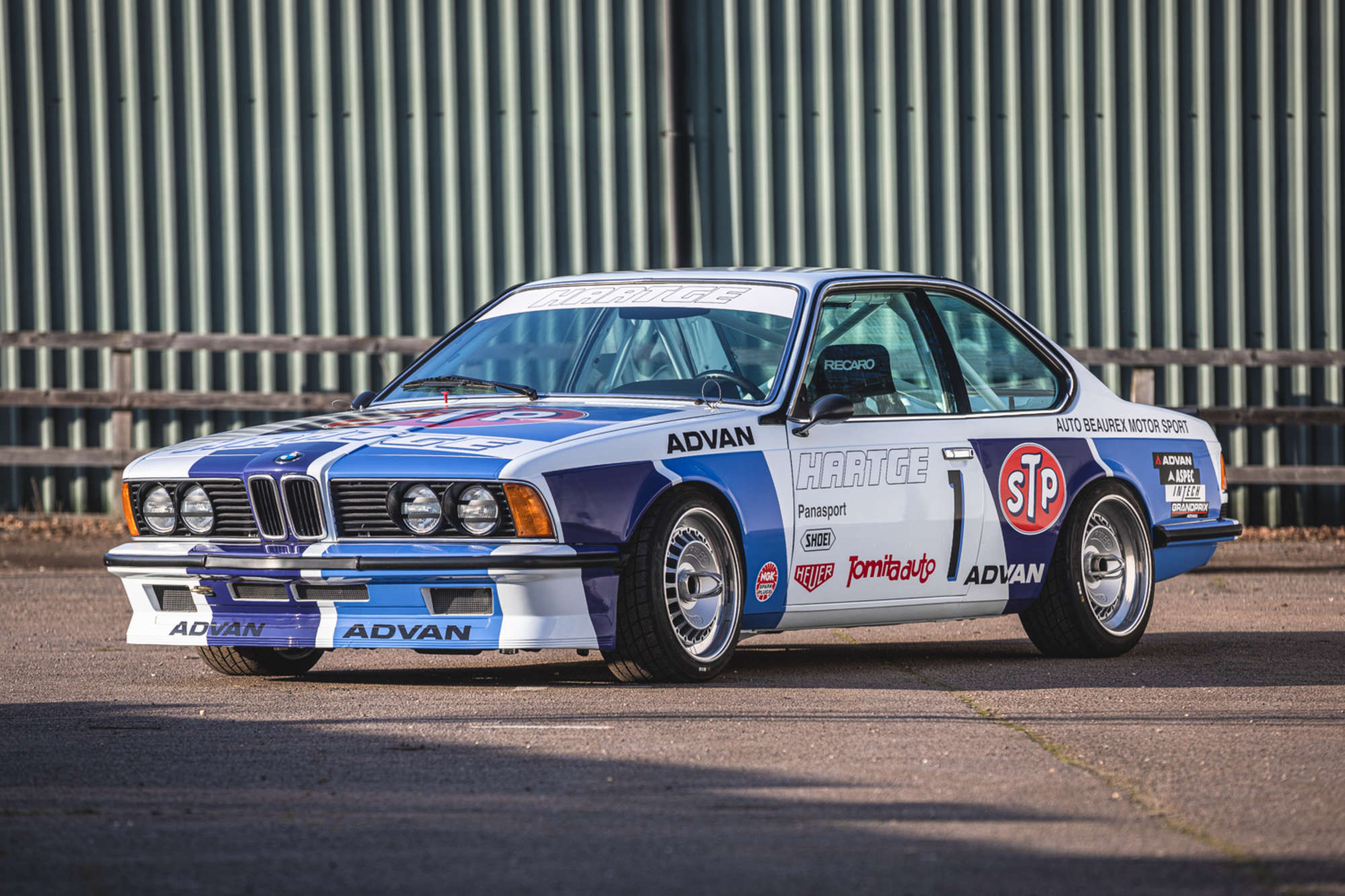This is an original McLaren MP4/2 Porsche-TAG F1 engine, it’s a member of the engine family used by the McLaren Formula 1 team during their dominant romp to multiple World Championship wins in the mid-1980s.
These 1.5 liter V6 engines represented a huge gamble by McLaren, trusting that Porsche could deliver a championship-winning power unit right out of the box – and they certainly weren’t disappointed.
Fast Facts – The TAG-Porsche McLaren F1 Engine
- At the absolute pinnacle of this engine’s development it was capable of 1,060 bhp at 12,600 rpm in qualifying tune, thanks in no small part to the twin KKK turbochargers squeezing 3.2 lbs of boost into the intake.
- This engine, officially known as the TAG-Porsche TTE PO1, was co-developed by Porsche and McLaren, with watchmaker TAG (Techniques d’Avant Garde) footing the bill in return for naming rights.
- Legendary Formula 1 designer John Barnard led the project, working closely with Porsche’s Hans Mezger to get the packaging correct so that the car would both work as a stressed chassis member and work within the strict aerodynamic boundaries of the rear half of the car.
- Just 40 examples of the final production design of the engine would be built, it was a 1,499cc 90º V6 with twin turbos and for its first season it was producing between 650 bhp and 800 bhp depending on the state of tune.
The 1984 F1 Season And Beyond
Once installed into the back of the McLaren MP4/2 F1 car for its first season in 1984, this new engine quickly proved dominant over the competition from BMW, Renault, and Ferrari. This success was helped along by the fact that McLaren had two of the greatest Formula 1 drivers of all time working for them – Nikki Lauda and Alain Prost.
Over the course of the 1984 season Lauda and Prost would take 12 wins from the 16 races and launched Lauda to his third and final World Driver’s Championship, with Prost coming second by half a point despite the fact that he’d actually won more races – 7 vs 5.
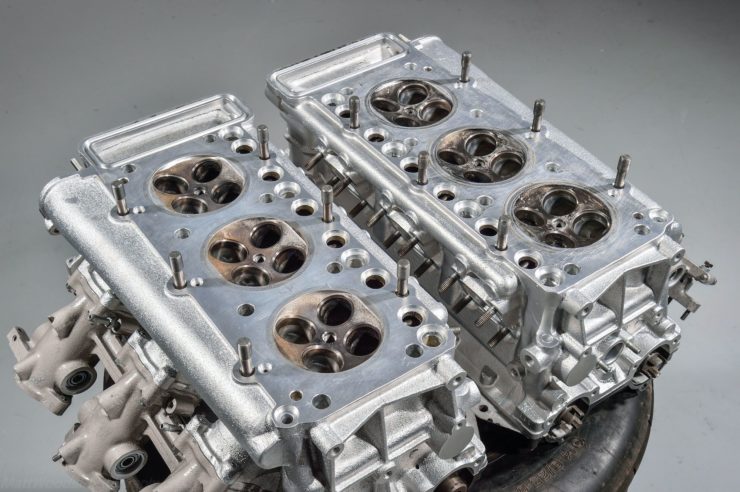
Upon disassembly you’ll note that this engine has all its major parts in place and the seller notes it would be an excellent candidate for a rebuild back to full working order.
The TAG-Porsche V6 would power McLaren for four years between ’84 and ’87, in total it powered the team at three Drivers’ Championships, two Constructors’ Championships, and a total of 25 wins from 68 races.
The McLaren MP4/2 Porsche-TAG Engine Shown Here
The engine you see here is the 29th of the 40 that were built and unlike some other examples of this engine that have come up for sale, this one still has all its important internal parts like the crankshaft, connecting rods, pistons, cams, valves, etc.
The seller is a respected figure in the world of vintage Formula 1 cars and parts, in fact he owns a classic F1 car himself and regularly drives in on track.
This engine is potentially rebuildable in the right set of (experienced) hands, making it both an excellent display piece and perhaps a useful spare engine for any current owners of the McLaren MP4 generation cars that were powered by the TAG-Porsche in period.
If you’d like to read more about this engine or register to bid you can click here to visit the listing on Collecting Cars. It’s currently being auctioned live online, with approximately a week left to bid.
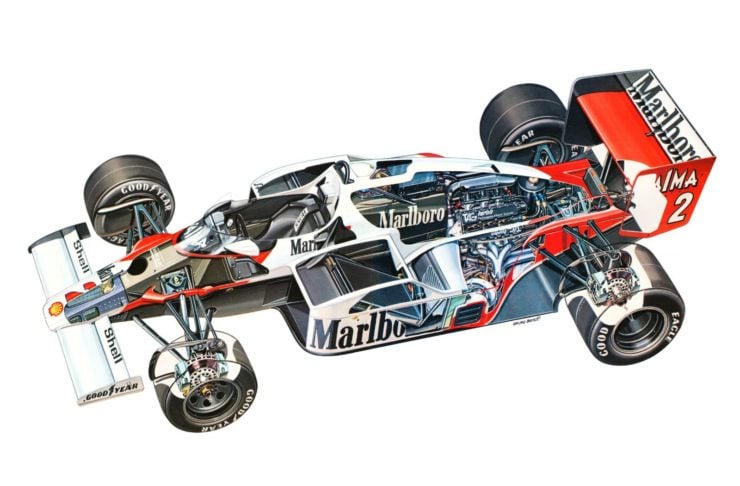
This cutaway gives a look inside the championship winning McLaren MP4/2, you can see the Porsche-TAG TTE PO1 V6 in the rear. Image courtesy of McLaren.
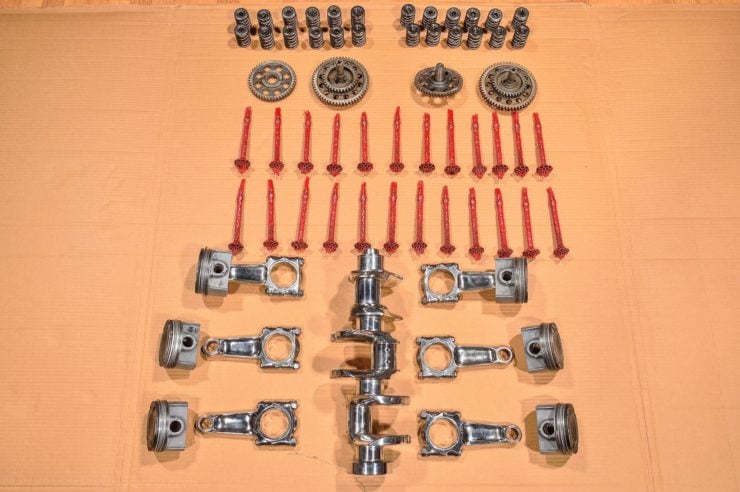
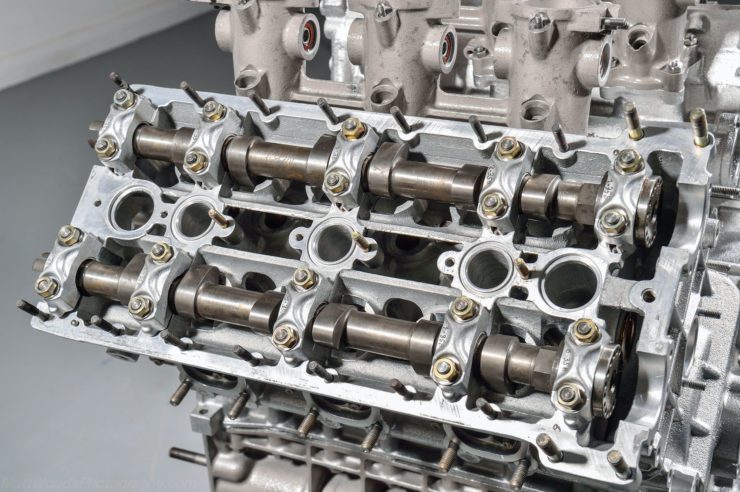
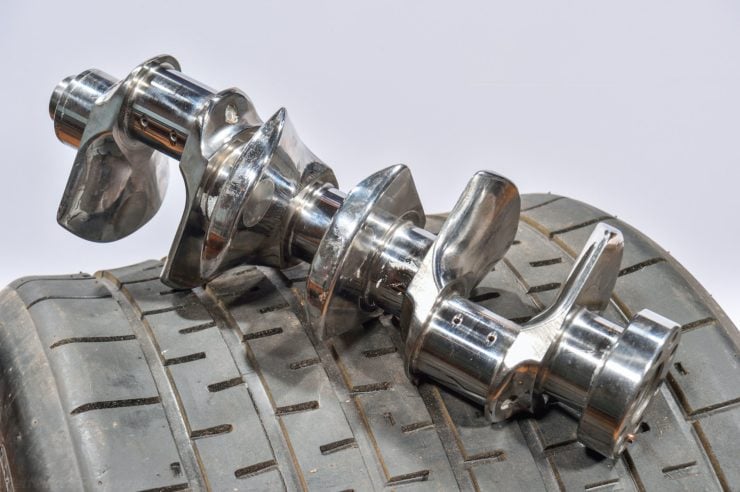
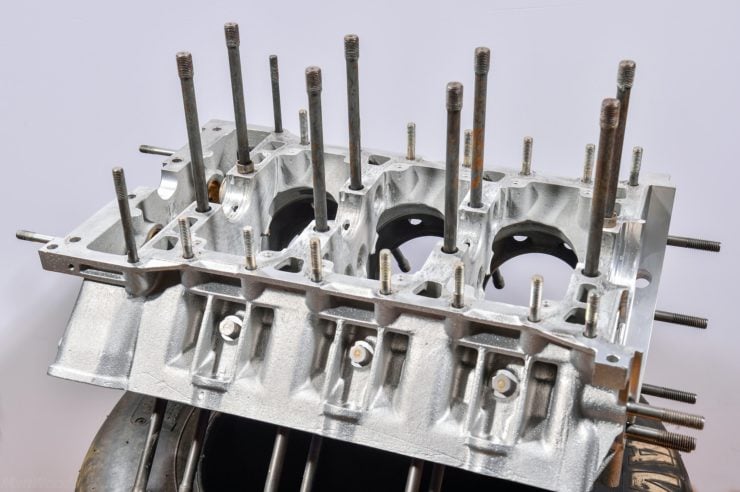
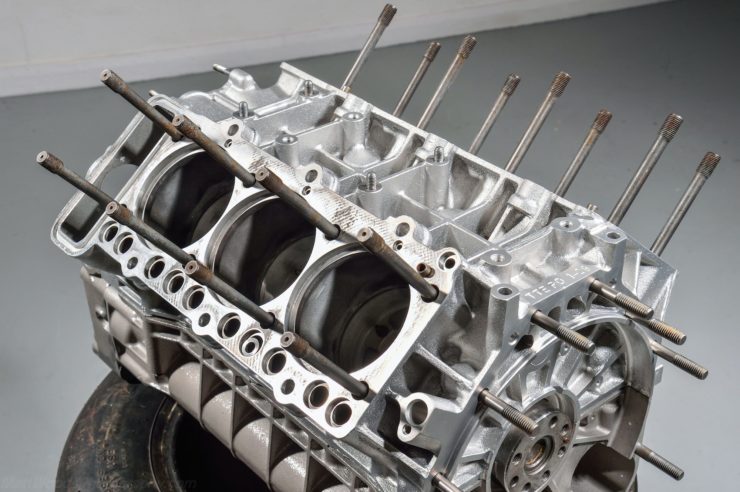
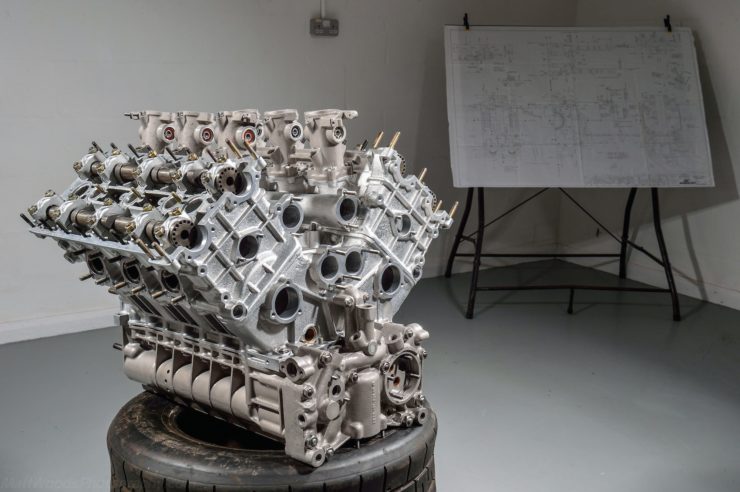
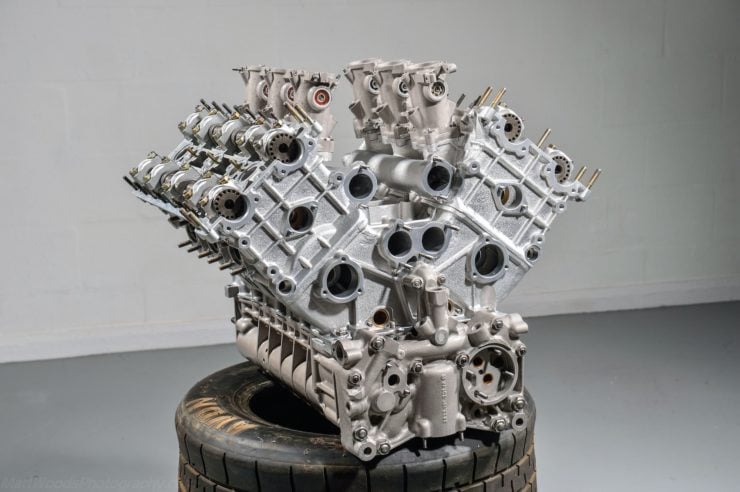
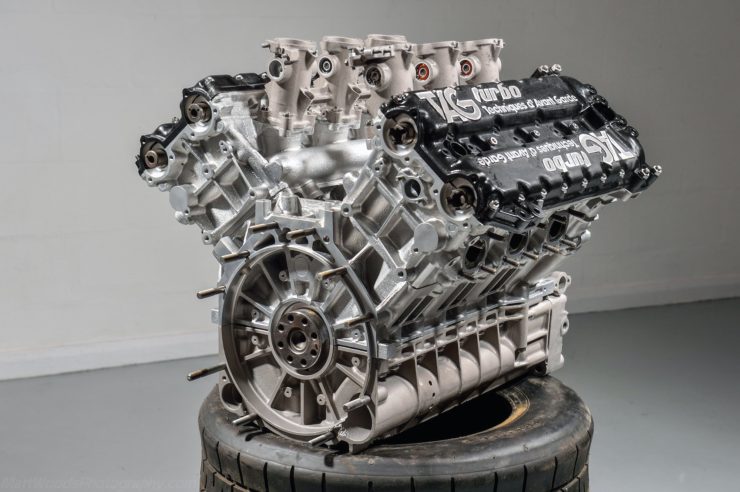
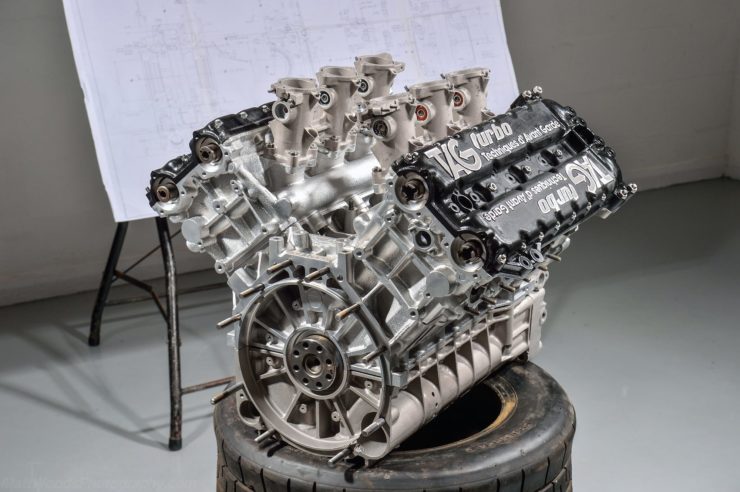
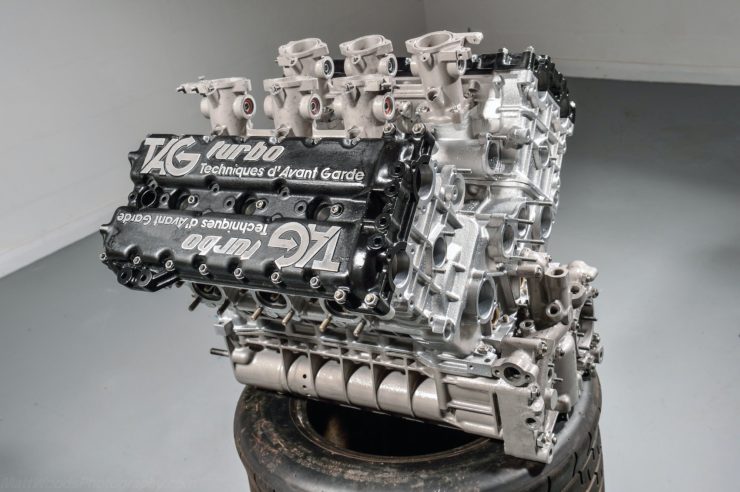
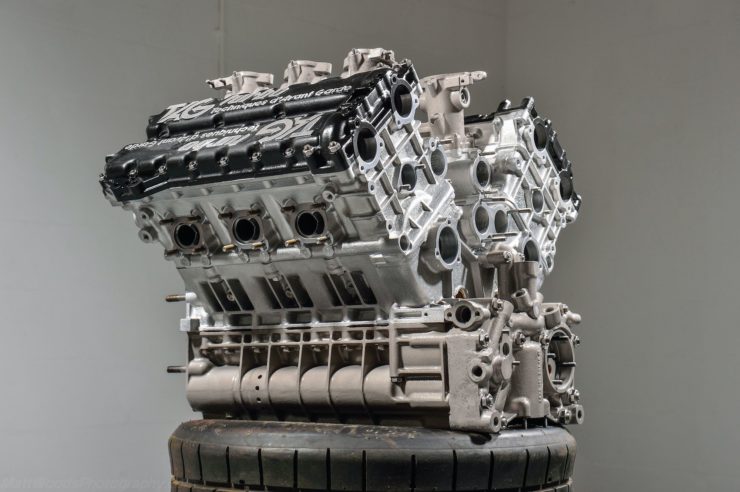
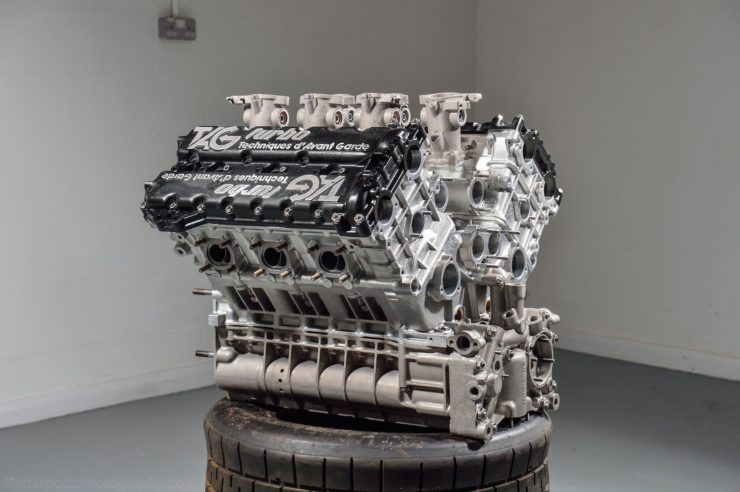
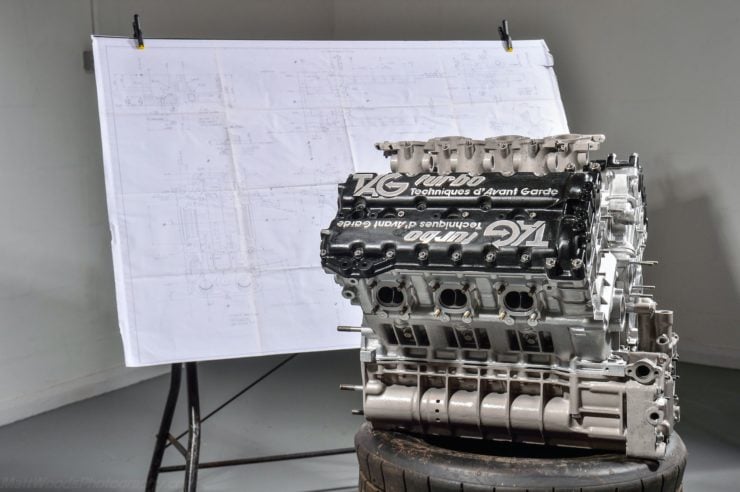
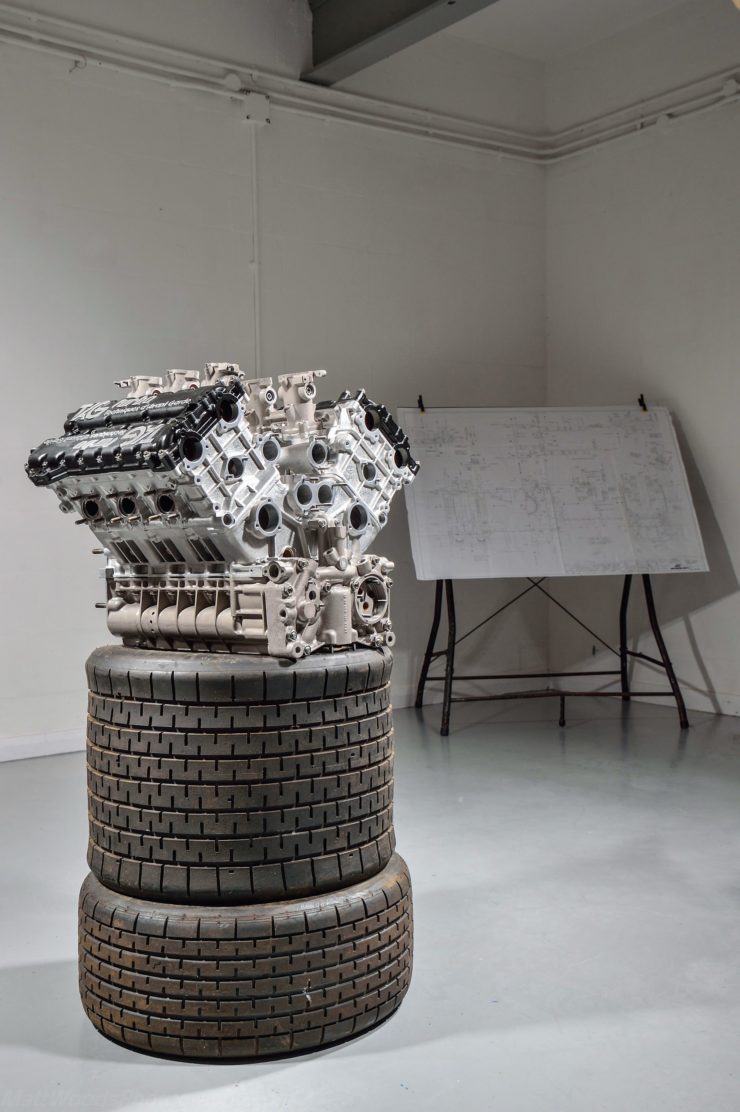
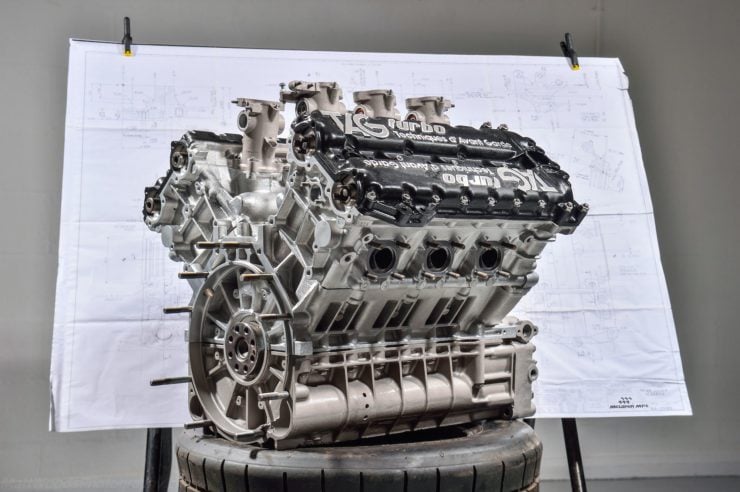
Images courtesy of Matt Woods Photography via Collecting Cars
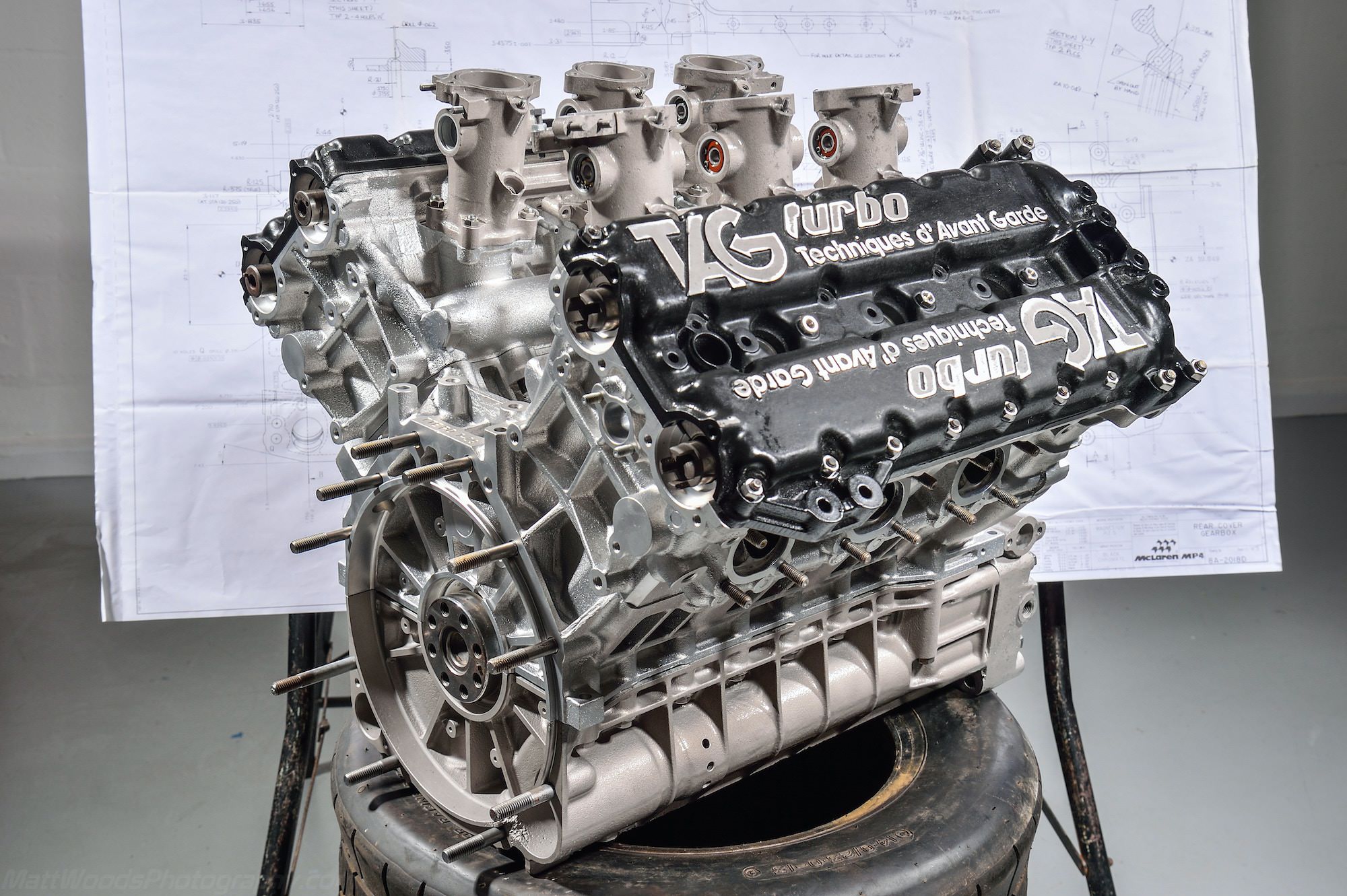
The post Live Online Auction: A McLaren MP4/2 Porsche-TAG Formula 1 Engine appeared first on Silodrome.
from Silodrome https://silodrome.com/mclaren-mp4-2-porsche-tag-formula-1-engine/
via gqrds
